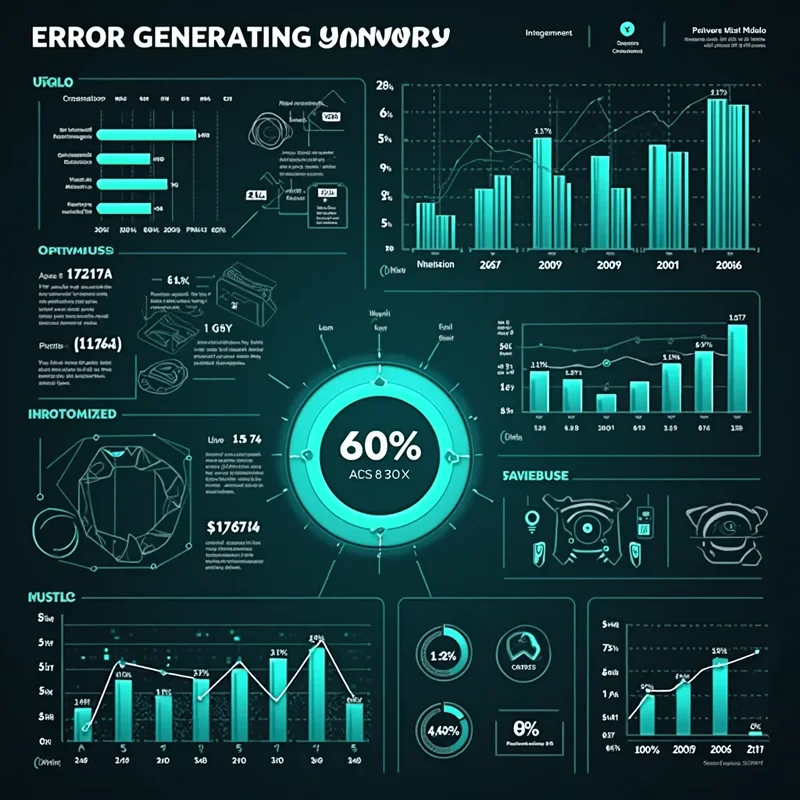As the housing market continues to navigate the shifting landscape of interest rates, a question remains: what impact will higher interest rates have on housing prices and demand? The past year has seen a significant rise in mortgage rates, with a notable decline in housing prices. In this article, we'll examine the relationship between interest rates and the housing market, exploring how these changes may shape the future of homeownership.
In 2022 and early 2023, housing prices experienced a seven-month decline, followed by a drop in demand as mortgage rates began to rise. This shift was largely driven by the Federal Reserve's efforts to combat inflation, which led to an increase in short-term interest rates. As these rates rose, long-term mortgage rates also climbed, making it more expensive for consumers to borrow money.
To gain insight into current mortgage rates, we can turn to Freddie Mac's Primary Mortgage Market Survey (PMMS). This weekly report provides a snapshot of conventional mortgage rates available to the average consumer. The PMMS is designed to reflect the market rates that borrowers would typically see, giving us a clear picture of the current landscape.
Recent Housing Market Trends
As we move into 2024, the housing market remains subdued. Despite predictions of a hot summer real estate season, demand has yet to pick up pace. However, with the mortgage-rate roller coaster ride seemingly coming to an end, it's possible that the market may start to heat up in the near future.
Looking Ahead: Housing Market Predictions for the Next 5 Years
A closer examination of historical data reveals a striking trend: the average rate for a 30-year mortgage more than doubled between August 2021, when it stood at just 3 percent, and October 2023, when it reached an unprecedented 8 percent. This rapid increase has had a profound impact on housing prices, making it more difficult for consumers to qualify for mortgages.
As we forecast the next five years of the housing market, several key factors will come into play:
1. Interest Rate Environment: The current interest rate environment is likely to remain elevated, at least in the short term, as the Federal Reserve continues to balance inflationary pressures.
2. Housing Inventory: A continued shortage of available homes on the market may keep prices stable or even drive them higher, particularly in areas with high demand and limited supply.
3. Economic Factors: The overall state of the economy will undoubtedly influence housing market trends. As economic indicators improve, consumer confidence may grow, driving demand for housing.
For more on this topic, see our article on Related Article.

